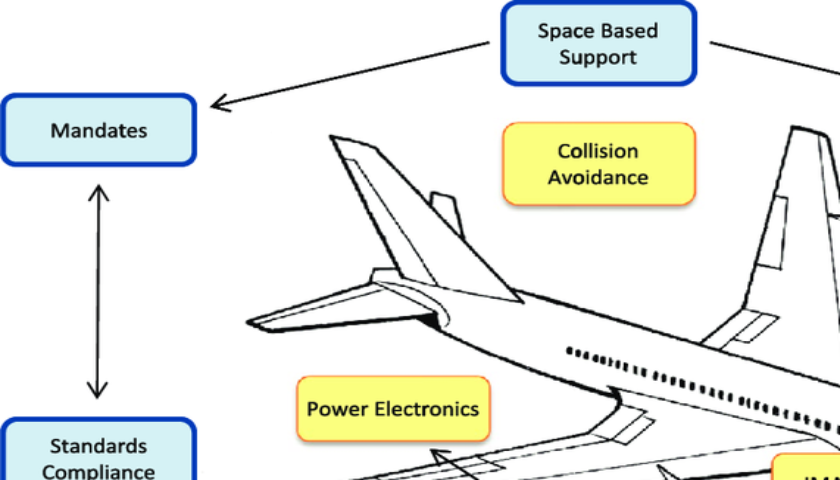In last two decades, the Indian aviation has seen four M&A – Kingfisher Airlines and Air Deccan; Jet Airways and Air Sahar; forced merger of Air India and Indian Airlines and most recently being of Air India and Vistara.
Although the companies were from same industry and were joined through different legal paths, they have all faced or facing the most difficult challenge of partnership: how to combine two corporate cultures into one cohesive team. From the above examples we can safely say that degree of success during M&A transition depends not on their business prowess, a healthy cash balance or a charismatic leader. To a large extent it depends on creating a team from two different companies which largely rests with the ability of the leadership team to anticipate problems, ease the transition and engage the workforce in a new vision and mission.
M&A deals often involve merging two distinct organisational cultures. The management team plays a critical role in facilitating a smooth integration and ensuring cultural alignment. They lead by example, promoting open communication, transparency, and collaboration.
Indian aviation market is one of fastest growing market in the world. M&A in the aviation means increased market shares, optimisation of resources, reduction in operating costs and increase profits. Under these circumstances it looks like a very easy target to achieve. However, they all make one mistake of ignoring human capital.
According to a Harvard Business Review study, up to 90 percent of mergers and acquisitions fail to achieve the original objectives of the transaction. Companies face cultural differences (customer centric to product centric), different management style (bureaucratic or democratic). The employees face uncertainity or in simple terms are not sure of its impact on
- Salary and Allowances
- Seniority
- Promotion Policy
- Employment Contract
- Impact on Work Life Balance
- Leave and other entitlements
It is common to ignore above very important aspect which affects every professional. The present saga of large number of cancellation or delay in Vistara flights seems to be mirroring this very concern. In this blog, I will enumerate the way forward.
- Define new leadership structure which includes senior pilots from both the organisation. The team should be able to communicate vision and goal of the new organisation clearly to all employees.
- New team should be responsible for regulatory compliance, cultural alignment, management style and workforce consolidation.
- The new team should be communication Ambassadors, which includes gathering employee feedback while transparently conveying information to employees at all levels in both organisations.
- Leadership team members should work to earn trust and respect by addressing concerns, providing clarity and manage expectations, thereby reducing uncertainty and resistance.
- M&A is a very critical process which involves significant changes to an organisation’s structure, processes and culture. Leadership team should and must adopt change management strategies that guide employees through the transition process toward engagement with the new entity and their new leadership memberss. These strategies may include town hall meetings, team-building activities, orientation programs and regular updates to help employees adapt to the changes and feel a sense of ownership in the transition.
- Create a professional atmosphere which builds a sense of belonging and reduces the “us vs. them” mentality that can hinder integration.
- In aviation, the real benefits of M&A can only be realised if the network is strengthened and flight frequency increased. This can only be done if employees are retained with competitive policies and growth opportunities. Retention of professional becomes a key factor due to long training period and costs involved to fill in the vacancy.
- Change management is a continuous process and constantly needs to be assessed and optimised.
To join the 10 percent of companies that successfully achieve their objectives during a merger or acquisition process, it’s essential to select a Leadership Team which is involved from the start, works within the guidelines of regulations and brings about a cultural change to meet the vision of new entity. Not easy huh…..
Happy Landings. Jai Hind.
View my insights on pilot crisis vis-a-vis the M&A in aviation industry, click here.
To access my earlier blog on the same subject, click here.



